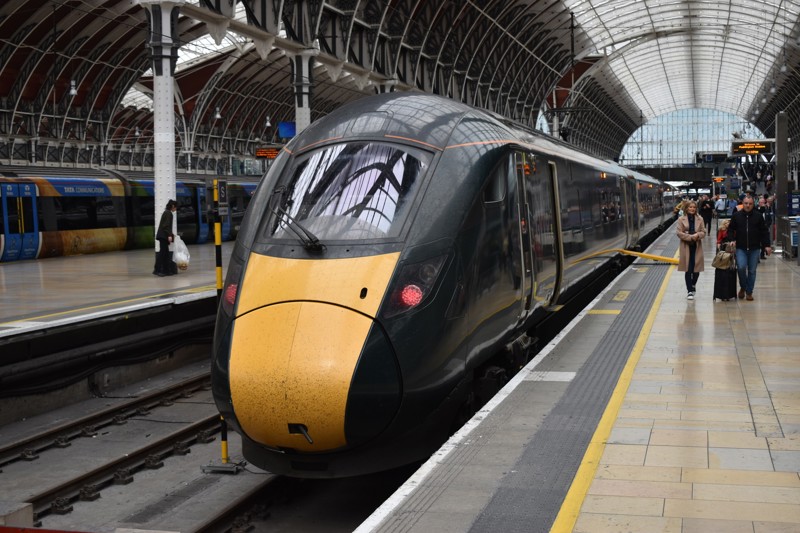
Fibre optic cables will be laid along four main lines from early next year to improve internet connections for customers and tackle tunnel blackspots.
The Department for Transport (DfT) and Network Rail have announced a partnership which includes Neos Networks (a business-dedicated mobile network) and Freshwave (a connectively infrastructure provider) to upgrade rail telecoms.
Around 1,000 kilometres (621 miles) of ultrafast fibre optic cables will be laid along parts of the Chiltern Main Line, East Coast Main Line, Great Western Main Line to Cardiff and West Coast Main Line from early 2026.
The ambition is to eventually grow this network to more than 5,000km (3,107 miles).
Mobile infrastructure will be deployed to target 57 tunnel and cutting blackpots including Chipping Sodbury tunnel near Bristol and Gasworks and Copenhagen tunnels near London King’s Cross.
Twelve stations will also receive new 4G/5G infrastructure: Birmingham New Street, Bristol Temple Meads, Edinburgh Waverley, Glasgow Central, Leeds, Liverpool Lime Street, London Euston , London King’s Cross, London Liverpool Street, London Paddington, London Waterloo and Manchester Piccadilly.
Transport Secretary Heidi Alexander said: “This partnership marks a significant step forward in improving the UK's rail infrastructure.
“By enhancing connectivity and addressing signal blackspots, we are ensuring that passengers experience a more reliable and efficient service. This initiative not only benefits rail users but also supports our broader goals of economic growth and digital innovation.”
The technology will also enable train operators to consistently provide latest journey information through their passenger information systems.
Current fibre optic cabling uses 24 and 48 count cables, which NR said was similar to what’s laid under residential streets. The new Neos high-count cable will be a 432-core cable.
NR will use half of that cable’s capacity and Neos will commercialise the other half.
Jeremy Westlake, Network Rail’s Chief Financial Officer, added: “As we move towards becoming a unified railway with the formation of Great British Railways, the enhanced telecoms infrastructure will play a key role in our ambition to provide a data-driven railway of the future, delivering better connectivity and a better, more reliable train service for our passengers.”
The new technology should also improve connectivity for trackside workers (which it's hoped can also improve safety and incident management) and at depots.
On board passenger security cameras and rail corridor visibility will also be better with high definition forward-facing and pantograph cameras.
Elsewhere a trial to improve on-train WiFi is set to be carried out on a Great Western Railway Class 802.
The work is being done by Peninsula Transport (with GWR) and is expected to take place this autumn, covering the entire route between Paddington and Penzance.

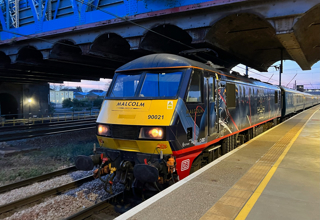
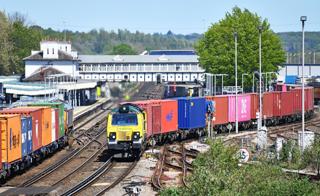
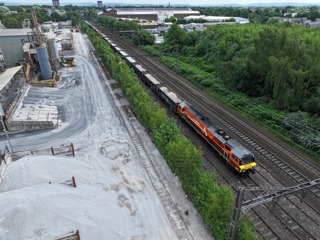
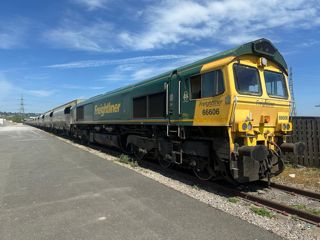











dr bob - 26/06/2025 11:37
Now, let’s consider that classes 220/221/222, 390, 180, 745, 755, 80x – and probably others – all have metalised windows that improve thermal performance at the expense of making the train a very effective faraday cage. You can increase reception outdoors along the line all you like but unless this is in tandem with improvements to in-train reception (either by some sort of repeater or bridge to in-train WiFi) across ALL train classes then the trains themselves will continue to be black spots.